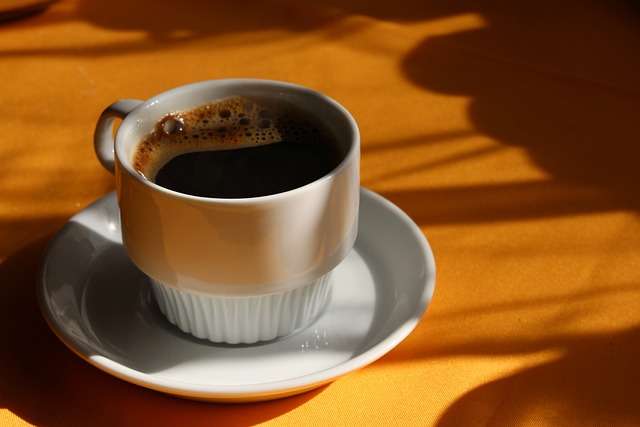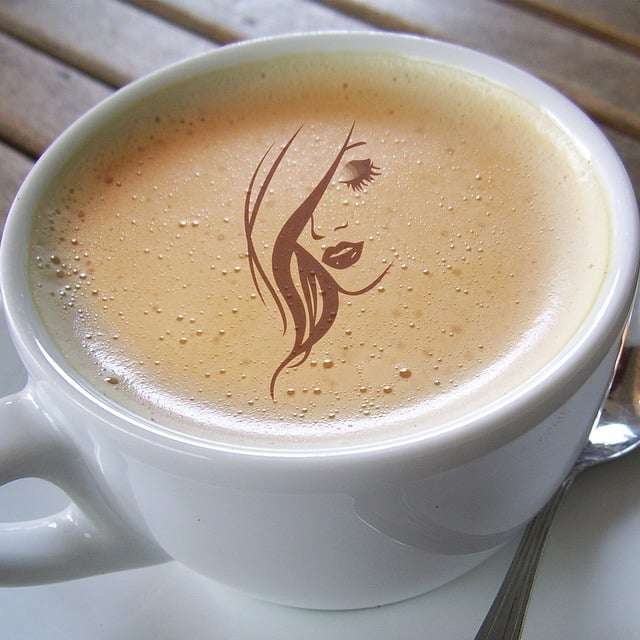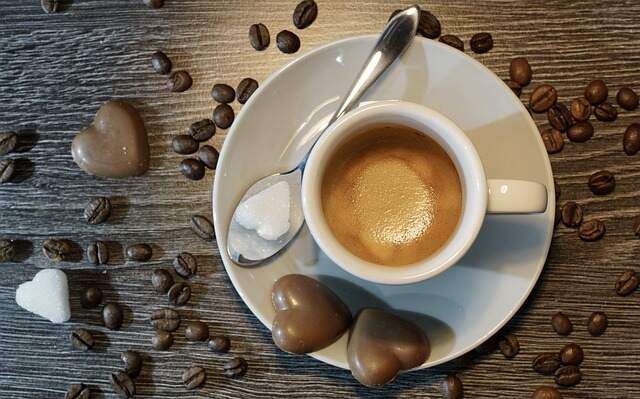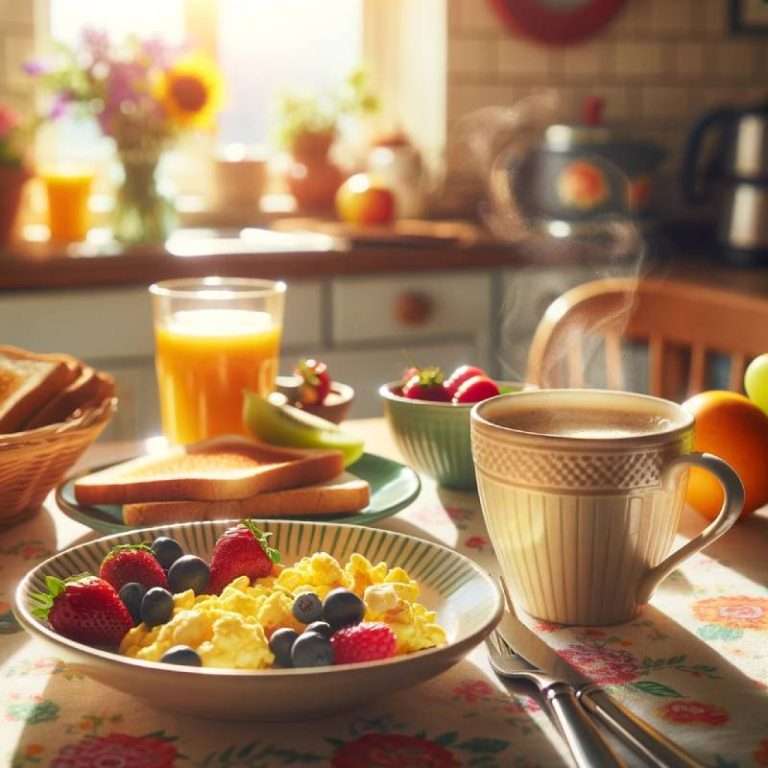Best Coffee Brewing Temperature
Coffee enthusiasts worldwide, this one’s for you! Today, we’re delving deep into a crucial aspect of the coffee brewing process – the water temperature. By the end of this in-depth guide, you’ll be on your way to brewing the perfect cup of coffee with the precision of a seasoned barista.
The art of coffee brewing involves numerous variables, including grind consistency, brewing methods, and, notably, water temperature. Today, we explore how temperature significantly influences coffee extraction, transforming those precious coffee compounds into a delicious beverage.
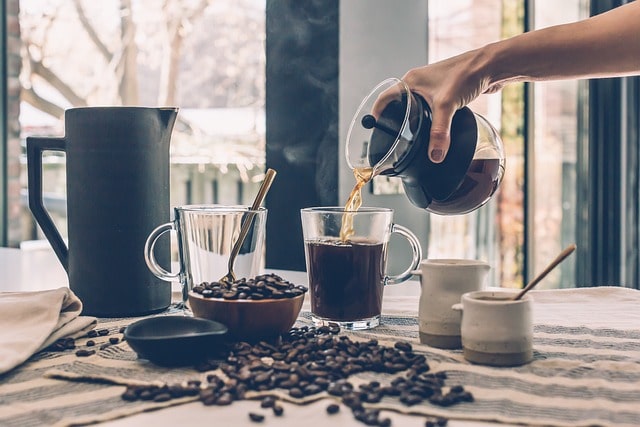
Water Temperature for Coffee: Why Does it Matter?
Water temperature is a pivotal player in the coffee brewing process, but why is it so influential? As it turns out, temperature dramatically impacts the extraction of acidic compounds, sweet compounds, and bitter compounds, thus shaping the taste profile of your brew.
“Brewing coffee is a harmonious blend of art and science, with temperature taking center stage.”
Brew with water that’s too cold, and you’ll likely under-extract the coffee, leading to a brew that tastes sour and underwhelming. In contrast, water that’s too hot may cause over-extraction, which can result in an unpleasantly bitter taste. You might remember our exploration into why coffee can sometimes be so bitter.
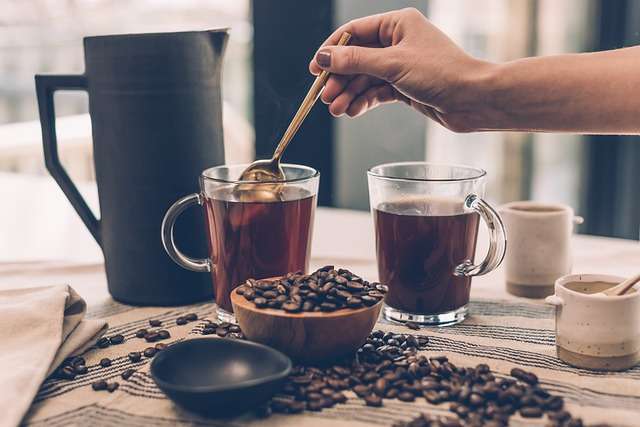
Does Hot Water Make Coffee Stronger? Does Water Temperature Affect Caffeine?
In short, water temperature can indeed affect the perceived strength of your coffee and the caffeine extraction. Overly hot water can result in over-extraction, making your coffee taste stronger, albeit bitter. As for caffeine extraction, a higher brewing temperature can result in a higher caffeine content in your cup, which we’ve detailed in our post about which coffee roast has the most caffeine?.
What is the Best Temperature for Coffee Brewing?
The generally agreed-upon ideal water temperature for coffee brewing falls between 195 and 205 degrees Fahrenheit (90.5-96.1 degrees Celsius). This temperature range is optimal for achieving balanced coffee flavor extraction, reducing bitterness while accentuating the coffee’s inherent sweetness and acidity.
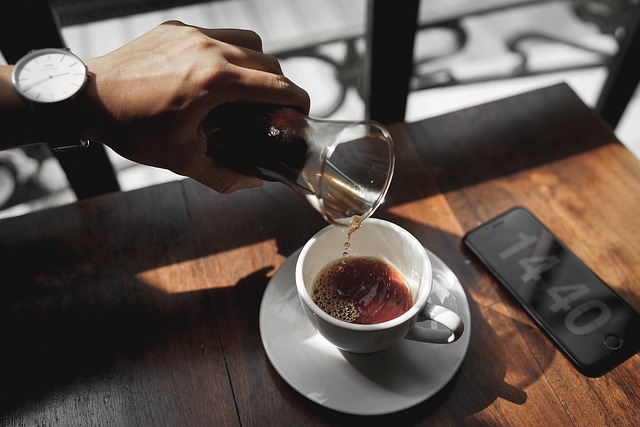
Does the Temperature Depend on the Type of Coffee?
Interestingly, the ideal brewing temperature can vary depending on the coffee type. Light roast coffee often benefits from a higher temperature within the golden range to adequately extract its subtle flavors. Conversely, dark roast coffee can fare better with a slightly lower temperature, enhancing its bold, robust flavor profile.
Coffee Brewing Techniques: From Pour Over Coffee to Moka Pot
Different coffee brewing methods, such as pour-over coffee, AeroPress, espresso machines, and Moka pot, require unique approaches to temperature control. While a cafetière coffee or AeroPress might provide a more forgiving range, precise temperature control is crucial for pour over coffee and espresso machines. Remember to always follow brewing recommendations specific to your chosen method.
Perfecting the Coffee Brewing Variables: It’s More Than Just Temperature
While temperature is a crucial coffee brewing variable, other factors also play a vital role in achieving coffee brewing perfection. For instance, your coffee grind size must correspond with your chosen brewing method. Achieving the perfect coffee grind consistency for your brewing method is vital for optimal extraction.
Help Me Make Coffee Brewing Temperature Easy!
In the quest for the perfect brew, we recommend investing in a kettle with a built-in thermometer for precise temperature control. This practical tool can assist in your coffee brewing optimization, helping you reach coffee brewing standards like a true professional.
By striking a balance between water temperature, grind size, and brewing method, you’re well on your way to mastering the coffee brewing process. The joy of coffee brewing lies in the journey of discovering your personal preferences and brewing the perfect cup to start your day.
Thank you for joining us on this exploration into the ideal water temperature for coffee brewing. For more coffee brewing tips and insights, keep exploring topcafeblog.com. We’re here to guide you on your coffee journey, one cup at a time. Cheers to your coffee brewing success!
Coffee Taste Balance: Your Guide to Coffee Brewing Energy
When we talk about coffee brewing energy, we’re referring to the intensity of flavor extracted from the coffee beans. Different variables affect the coffee’s taste, including coffee compounds, grind size, and yes, goal of brewing is to achieve a balanced coffee flavor extraction, where the sweet, acidic, and bitter compounds are in harmony. To do this, one must deftly manage each of the coffee brewing variables.
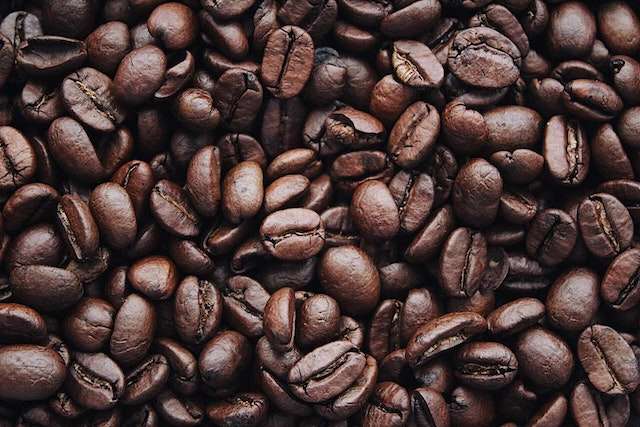
Understanding Your Coffee: Roast Types and Brewing Devices
Understanding your coffee roast is crucial. Light roast coffee is generally more acidic with nuanced flavors, while dark roast coffee brings a robust, bold taste with less acidity. Each type requires a slightly different approach in terms of brewing temperature.
Furthermore, each coffee brewing device – be it a pour-over, AeroPress, Espresso machine, or Moka pot – brings its unique touch to the brewing process. Take the time to understand the brewing standards and recommendations of each device for a consistently flavorful cup.
The Significance of Coffee Grind Consistency
The grind size plays a critical role in the coffee brewing process. For instance, espresso machines require a fine grind to ensure optimal extraction, while a cafetière coffee calls for a coarser grind. The grind size directly affects the coffee’s surface area exposed to hot water, which in turn, affects the extraction process. Thus, achieving the right coffee grind consistency is crucial for creating a delicious cup of coffee.
Coffee Brewing Recommendations for a Heavenly Brew
At the end of the day, the coffee brewing process should be an enjoyable experience that leads to a rewarding, delicious cup. We’ve discussed the various brewing variables, and the key takeaway is balance. Every element of brewing – from water temperature and grind size to brewing methods and coffee types – must work in harmony to achieve the perfect cup.
Remember, coffee brewing is a science, but it’s also an art. Embrace the process, and don’t be afraid to experiment. Use our guides, like how to make perfect coffee and best coffee beans for espresso, as stepping stones on your brewing journey.
And finally, stay curious, and continue learning. Our blog is packed with insights on various aspects of coffee, including its benefits for your skin, its effects on the brain, and even how it fits into fasting routines.
Mastering the coffee brewing temperature is a significant step towards brewing perfection. Keep exploring, keep brewing, and remember – the best cup of coffee is the one that tastes best to you. Here’s to your journey towards the perfect brew, one cup at a time. Cheers!
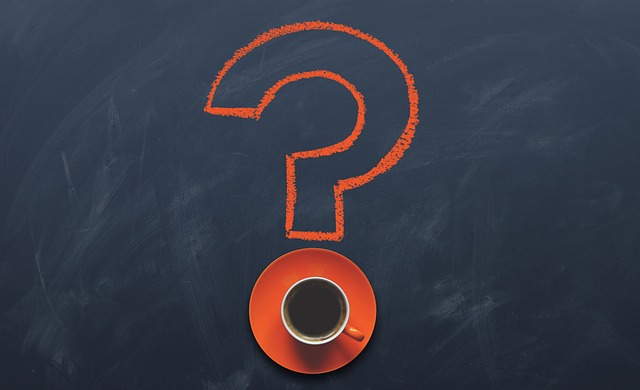
Frequently Asked Questions About Coffee Brewing Temperature
Q: What temperature is coffee best at in Celsius?
A: The optimal water temperature for brewing coffee falls between 90.5 to 96.1 degrees Celsius. This range allows for a balanced extraction of coffee compounds, providing an excellent flavor profile.
Q: Is 200 degrees too hot for coffee?
A: No, 200 degrees Fahrenheit (93.3 degrees Celsius) is generally within the ideal range for coffee brewing. However, brewing at the higher end of the spectrum may lead to a slightly stronger flavor and higher caffeine extraction.
Q: Is 180 degrees hot for coffee?
A: At 180 degrees Fahrenheit (82.2 degrees Celsius), the water may not be hot enough for optimal coffee extraction. This could lead to under-extraction, resulting in a weak and potentially sour-tasting coffee.
Q: Is 180 hot enough for coffee?
A: Ideally, coffee should be brewed at a temperature between 195 and 205 degrees Fahrenheit (90.5 to 96.1 degrees Celsius). At 180 degrees Fahrenheit, the water is generally considered too cool for optimal coffee extraction.
Q: What temperature is Starbucks coffee?
A: Starbucks typically brews its coffee at a temperature around 200 degrees Fahrenheit (93.3 degrees Celsius). This falls within the generally recommended brewing temperature range.
Q: Why is it called 200 degrees coffee?
A: The name “200 Degrees Coffee” is likely a reference to the optimal coffee brewing temperature, which falls between 195 and 205 degrees Fahrenheit (90.5 to 96.1 degrees Celsius). 200 degrees Fahrenheit is a nice, round number within that range.
Q: Is a 150 degree coffee good to drink?
A: A 150 degree Fahrenheit (65.6 degrees Celsius) coffee might be at a comfortable drinking temperature, but it’s important to note that coffee should initially be brewed at a higher temperature. Brewing at such a low temperature could result in under-extraction, affecting the flavor of your coffee.

